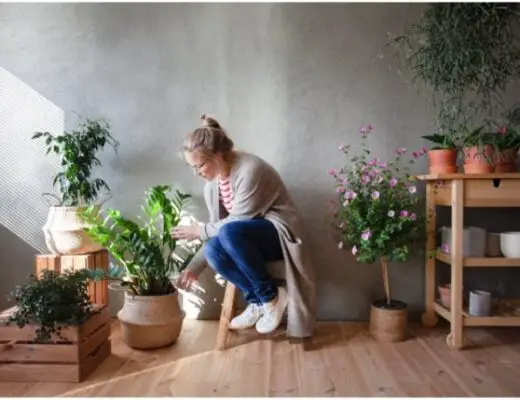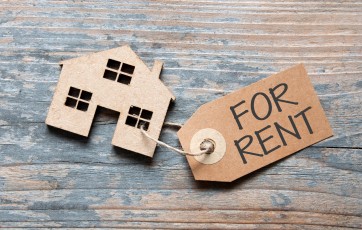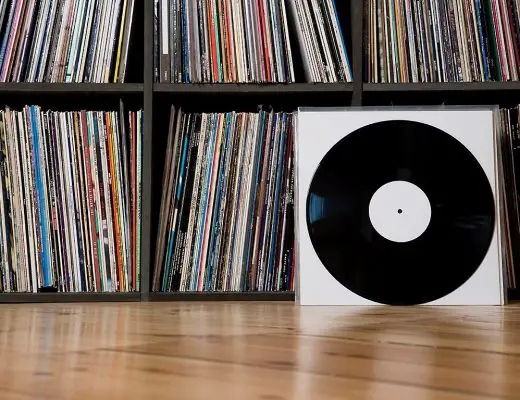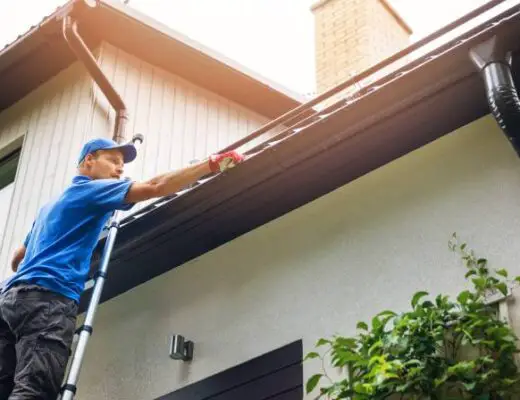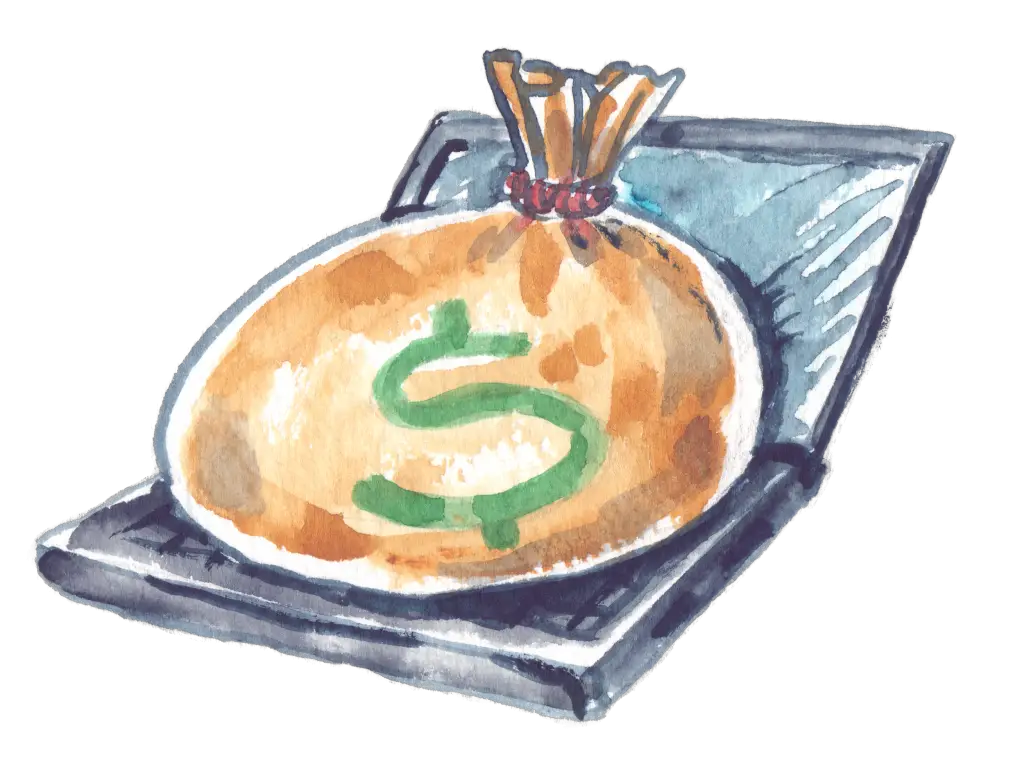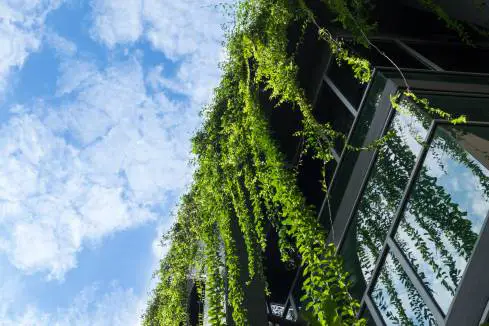
CommonCentsMom.com is advertiser-supported: we may earn compensation from the products and offers mentioned in this article. However, any expressed opinions are our own and aren't influenced by compensation. The contents of the CommonCentsMom.com website, such as text, graphics, images, and other material contained on this site (“Content”) are for informational purposes only. The Content is not intended to be a substitute for professional financial or legal advice. Always seek the advice of your Financial Advisor, CPA and Lawyer with any questions you may have regarding your situation. Never disregard professional advice or delay in seeking it because of something you have read on this website!
Sustainability has become extremely important in the construction industry- considering it is responsible for some of the highest carbon footprints and pollution. However, with changes coming in the interior design industry to be more environmentally conscious, it is only normal for the exterior design industry to follow. Sustainability has become a crucial factor in construction- not only because of the environmental effects but also because it is considered important for the future- meaning that more and more homes will be sustainable in the future. Designs generated for energy efficiency, based on recyclable material, that help in creating a circular economy, are the need for the present and the future.
The circular economy
The current model for construction is based on linear production- make it, use it, and dispose of it. However, this approach is not only harmful to the environment but also not feasible for the long term. The linear approach has been a huge contributor to making the environment as bad as it is today. The circular economy approach is designed for recycling rather than disposing it off. This is done by recycling older materials, rather than letting them go to the landfills- upcycling if you will. This creates a circular economy where the ‘waste’ becomes the material that is used to make new stuff. Not only does this reduce pollution, but also establishes a clear and more transparent supply chain. Moreover, some countries have started seeing the change in laws concerning sustainability already, so it won’t be long before fiscal policies change to consider the circular economy more important in the industry.
Utilizing natural materials
This goes without saying but utilizing more natural and biodegradable materials is the way to go. One of the easier ways you can do this is by using your rainwater for watering your plants. This can be done automatically if you distribute your gutter drainage properly so that the water goes directly to the plants. It’s always better to have a professional handle such projects. You can contact professionals by clicking here to help you redirect your drainage systems. Another way to utilize the natural elements is by growing the local flora instead of inviting invasive species that might destroy the local ecosystems. It is also a good idea to make or design your place around the local ecosystems rather than removing them- incorporate them into your design choices. Using carpets for insulation rather than using the heating is also a great way to conserve energy. Consider using natural energy sources such as wind, solar and water to reduce the use of non-renewable sources that increase the greenhouse gases in the environment.
Design for low environmental impact
Designing for low environmental impact means using materials that are renewable and sustainable. Organic materials like wood, natural stone etc are preferred over cement and bricks that are not as sustainable. However, sustainable materials need to be treated properly and not exploited to the point where they start affecting the environment negatively. Consider materials like organic, fast-growing bamboo when thinking of using wood, look for labels, standards and certifications before any purchase and ensure you identify eco-friendly materials before you utilize them. It is also important to evaluate the environmental impact of the materials used throughout their life as well as in each stage of their life. You can use Life Cycle Assessment to get an idea.
Waste reduction
Exterior design can often cause a lot of waste if not designed for longevity. Waste reduction is one of the main ways by which environmental harm can be reduced. It is important to use products that can be reused and recycled or have long longevity. This is especially essential when it comes to elements that experience a lot of wear and tear, like flooring. These elements should also suppress the need for change every few years or with every change in design trends. This can be done by choosing timeless materials that will stay in trend more often than not (for example, wooden flooring). Therefore, it’s important to choose classical options and designs over trendy ones. When choosing the material, make sure you also consider the flexibility of the material being used. This is because as people grow and change, they often want to change their surroundings too. In these cases, the flexibility of the material will allow it to be consumed and used even after it is not desired in its original shape and form.
Design for healthy environments
Designing for healthy environments is essential when it comes to exterior design. Apart from a lot of ventilation and natural light elements, healthy environments also incorporate nature in the form of house plants, gardens, and a good ground for growing and supporting the local flora and ecosystems.
Healthy environments also incorporate the use of non-toxic materials in cleaning products, outdoors as well as the wall structures. This means avoiding synthetic materials like cement and plastic that cause more harm than good.

